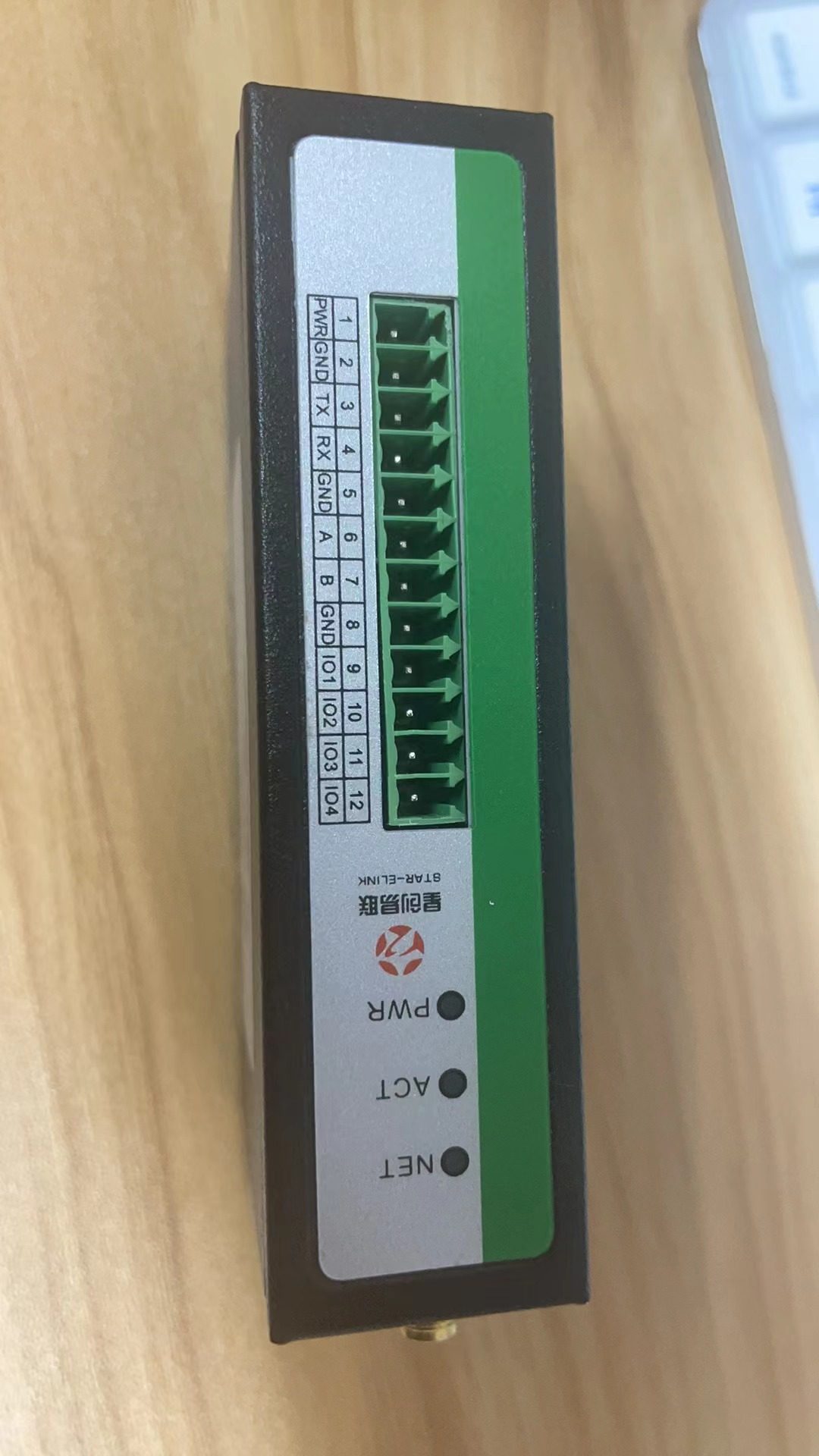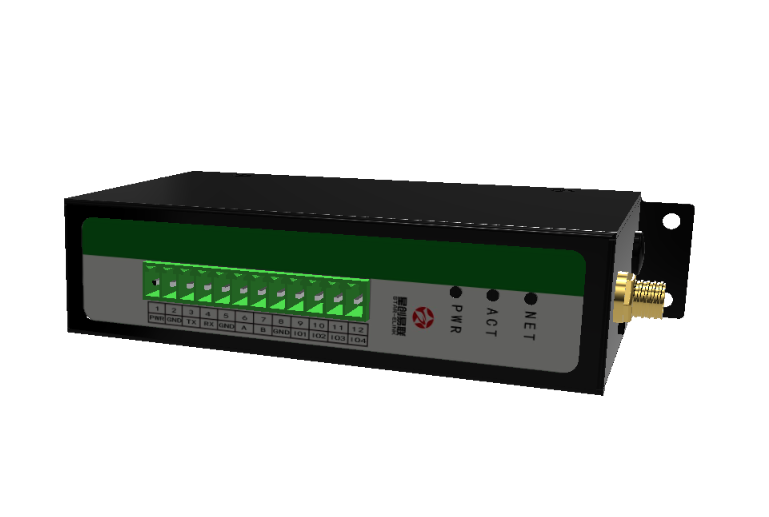Welcome, dear readers, to an exciting exploration of the fascinating world of
LTE Modem 4G technology and its prowess in handling Ethernet frames. In this article, we’ll embark on a thrilling journey to uncover the intricacies of packet parsing and how LTE Modem 4G devices navigate the complex landscape of data communication. So, grab your party hats and let’s dive into the realm of Ethernet frame processing!
Understanding Ethernet Frames:
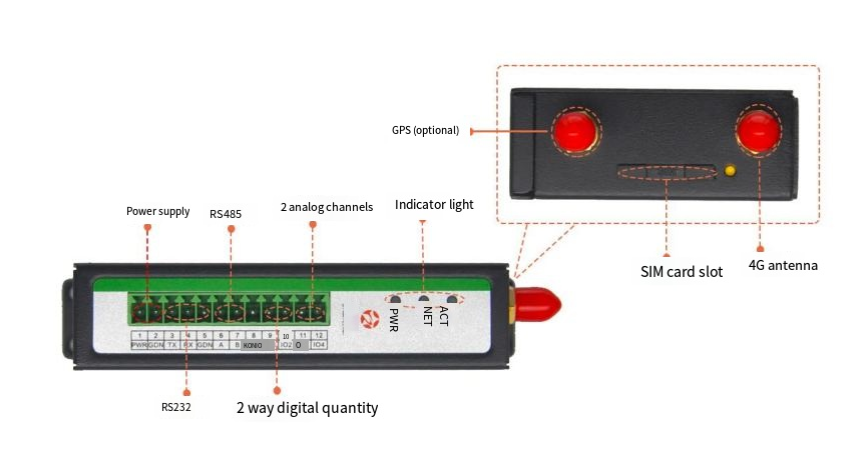
LTE Modem 4G
Before we delve into the capabilities of LTE Modem 4G, let’s take a moment to appreciate the beauty of Ethernet frames. These data structures are the building blocks of network communication, encapsulating precious information for transmission across the vast expanse of the Internet. An Ethernet frame typically consists of a preamble, destination and source MAC addresses, a type/length field, the payload data, and a frame check sequence for error detection. It’s like a carefully crafted invitation to a grand networking soirée!
LTE Modem 4G: The Packet Parsing Prodigy
Now, let’s shine the spotlight on our star of the show: LTE Modem 4G. This technology has taken the world by storm, offering lightning-fast data transmission and seamless connectivity. But what sets LTE Modem 4G apart is its exceptional ability to parse and process Ethernet frames with finesse and efficiency.
Parsing Prowess
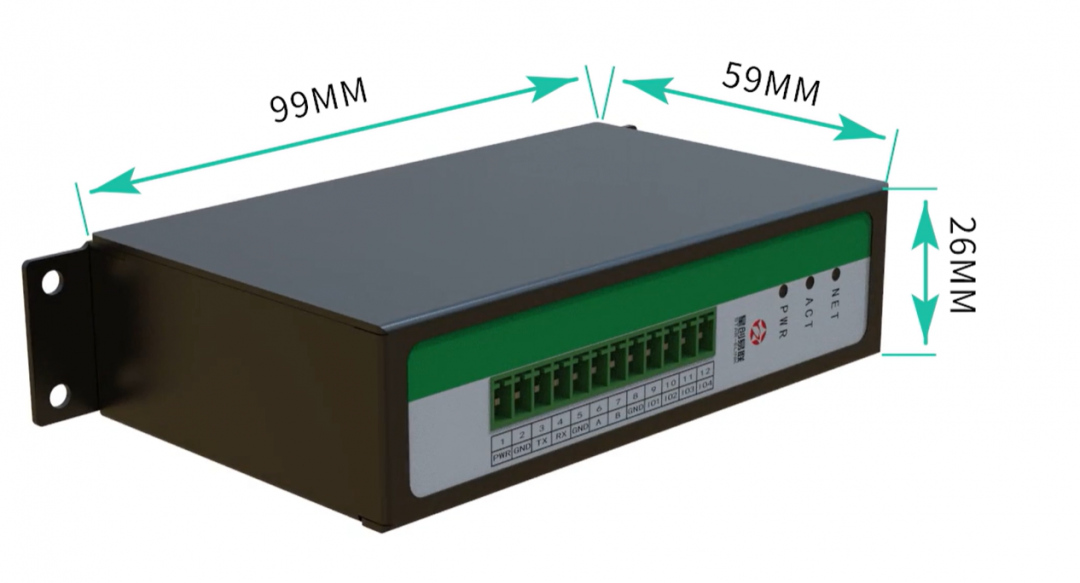
LTE Modem 4G
LTE Modem 4G devices are equipped with sophisticated parsing engines that can dissect Ethernet frames faster than a chef dicing vegetables. These modems can identify and extract relevant information from the frame headers, such as the destination and source addresses, protocol type, and payload length. This parsing prowess enables LTE Modem 4G to make intelligent decisions about how to handle each frame, ensuring smooth data flow and optimal network performance.
Handling Variability:
One of the challenges in Ethernet frame processing is dealing with the variability in frame sizes and structures. Fear not, for LTE Modem 4G is up to the task! These devices can gracefully handle frames of different lengths, adapting to the ever-changing network conditions. Whether it’s a petite frame carrying a small payload or a jumbo frame loaded with data, LTE Modem 4G can parse them all with equal finesse.
Quality of Service (QoS) and Prioritization:
In the grand ball of data communication, not all packets are created equal. Some, like voice and video data, require special treatment to ensure a smooth and uninterrupted experience. LTE Modem 4G understands this and employs advanced Quality of Service (QoS) mechanisms to prioritize and manage traffic. By examining the Ethernet frame headers, LTE Modem 4G can identify and prioritize critical data, ensuring that it receives the red-carpet treatment it deserves.
Efficient Resource Utilization:
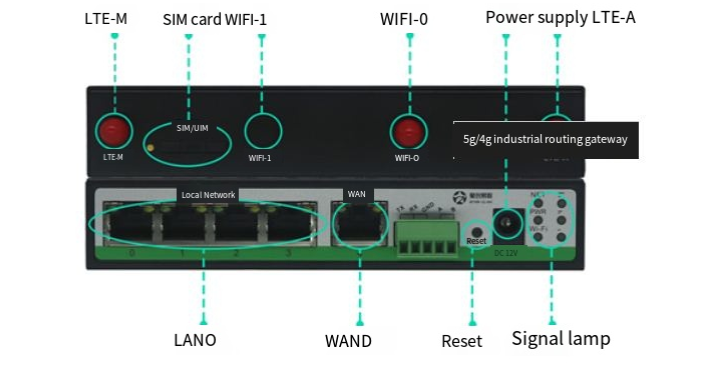
LTE Modem 4G
Parsing Ethernet frames is no small feat, and it requires significant processing power and memory resources. However, LTE Modem 4G devices are designed to be lean and efficient, making the most of their available resources. Through optimized parsing algorithms and intelligent memory management, LTE Modem 4G can handle a high volume of frames without breaking a sweat. It’s like having a superhero managing the data traffic, ensuring that everything runs smoothly and efficiently.
In the grand scheme of data communication, LTE Modem 4G stands tall as a packet parsing prodigy. Its ability to efficiently process Ethernet frames, handle variability, prioritize traffic, and optimize resource utilization makes it a true marvel of modern technology. As we continue to rely on wireless networks for our daily lives, LTE Modem 4G will be there, working tirelessly behind the scenes to ensure that our data reaches its destination with speed, reliability, and finesse. So, the next time you send an email, stream a video, or browse the web using an LTE Modem 4G device, take a moment to appreciate the incredible packet parsing party that’s happening right under your fingertips!
 KEY-IOT
KEY-IOT


